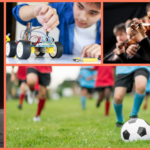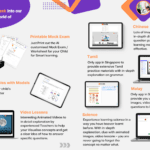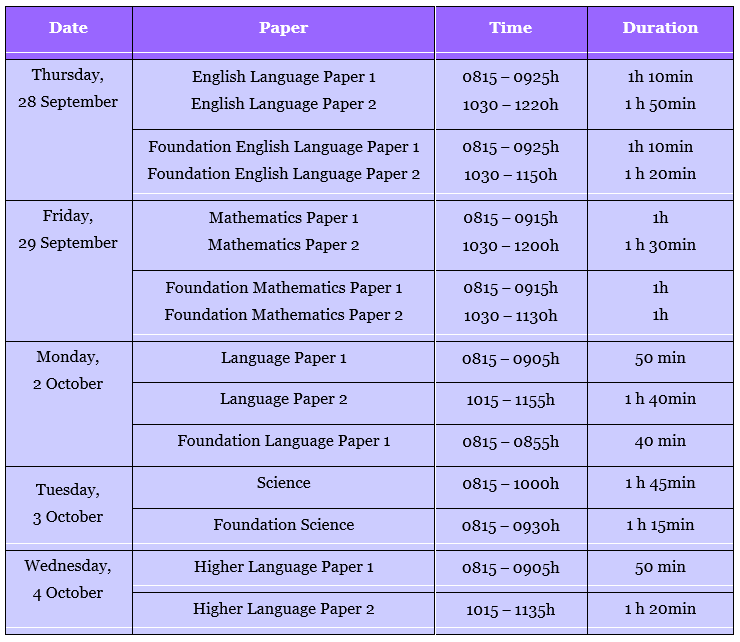Learning is a lifelong process that does not necessarily have to be confined to a traditional classroom setting. Independent learning can empower students to take charge of their studies, learn at their own pace, and acquire knowledge and skills relevant to their personal and academic growth.
However, it can be challenging to design an effective independent learning plan tailored to your needs. In this blog, we will delve into the steps that can help you create a self-directed curriculum that works for you.

Step 1: Define Your Learning Objectives
The first step in creating an effective independent learning plan is to define your learning objectives. This involves identifying what you want to learn, why you want to learn it, and how you will measure your progress. You can start by asking yourself the following questions:
- What specific knowledge or skills do I want to acquire?
- How will this benefit me personally or academically?
- What resources will I need to achieve my learning objectives?
- How will I know when I have achieved my learning goals?
You can create a clear roadmap for your independent learning journey by defining your objectives.
Step 2: Identify Your Learning Style and Preferences
Everyone has their own unique learning style and preferences. Some prefer visual learning, while others learn better through auditory or kinesthetic methods. Additionally, some people prefer to learn independently, while others thrive in group environments. It is essential to identify your style and preferences to design an effective independent learning plan.
One way to determine your style is to take a learning style assessment test. These tests help you understand your preferred style and the types of activities and resources that will be most effective for you.
Step 3: Determine Your Available Resources
The next step is to determine the available resources. This includes identifying books, online courses, workshops, and other resources to help you achieve your learning objectives. You can also explore opportunities for mentorship or coaching to help guide you through your learning journey.
It is important to remember that you only need to invest a little money to access quality resources. Many free online resources are available, including open-source textbooks, video lectures, and Massive Open Online Courses (MOOCs). Additionally, many public libraries offer access to digital resources and databases.
Step 4: Develop a Learning Schedule
Once you have identified your learning objectives, style, and available resources, it is time to develop a schedule. This involves setting aside dedicated time for learning and organizing your activities in a way that works best for you.
When creating a schedule, it is essential to be realistic about the available time for a particular subject. This will help you avoid overloading your schedule and burning out.
Step 5: Evaluate Your Progress and Adjust Your Plan
Finally, evaluating your progress and adjusting your plan as needed is important. This involves tracking your activities and measuring your progress towards your learning objectives. You can use tools such as progress trackers, journals, or logs to help you keep track of your progress.
If you find that your learning plan needs to be fixed, feel free to make adjustments. This may involve revising your learning objectives, identifying new resources, or modifying your schedule. The key is to remain flexible and adaptable to ensure that your independent learning plan remains effective.
Designing and implementing a self-directed curriculum is tough, but doerdo’s A.I.-powered platform makes it a breeze! With their customized learning with A.I. technology, learners can access a wide range of learning content that is tailored to their specific needs and learning style. With expert guidance from experienced ex-MOE teachers, personalized progress tracking, and interactive content, learners can master 1000s of concepts and prep for oral and listening exams. Plus, the A.I. powered learn-by-doing model and mistake analysis ensure learners acquire practical skills and understand complex concepts. Get ready to learn smarter, not harder, with doerdo!


















